Melanie Tan, our Northern California reuse practice leader, has first-hand experience in how both California and the country of Singapore implement the One Water Approach to manage their water resources. Originally from Singapore, Melanie sheds light below on how the One Water Approach compares around the world.
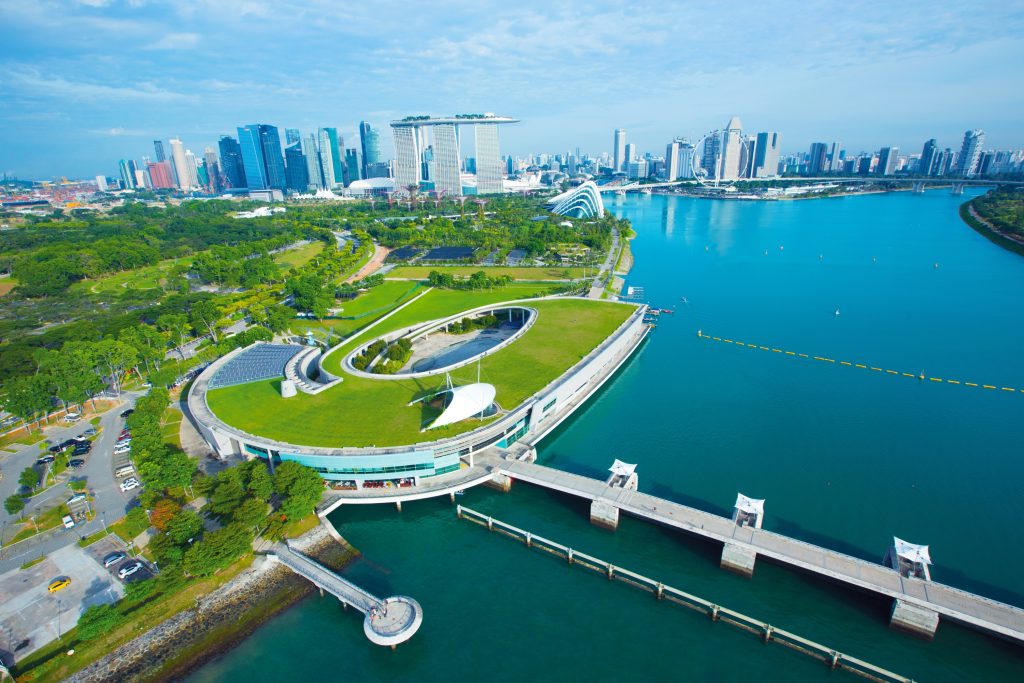
As global water resources become increasingly strained, many water utilities have shifted their focus to integrated water resources management or One Water to recognize the role multiple different water sources can play in a balanced portfolio of resources. For many utilities, the traditional mindset of using only rainwater, snow melt, or groundwater is no longer enough. Utilities need to start including other non-conventional sources such as desalination, recycled water, and stormwater as part of their toolkit for meeting demand.
Different types of water resources come with their own respective benefits and challenges. Understanding and accounting for this can help utilities strike a balance among many conflicting needs. Two places where this can be clearly seen are Singapore and California, US — each with their own unique approach.
Singapore’s Four National Taps
Singapore is an island-nation with a population of about 5.7 million people and a land area of about 720 square kilometers (km2) or 280 square miles (mi2). The water demand in Singapore is almost 2 million cubic meters per day (m3/day) or 500 million US gallons per day, with approximately 45 percent of the demand coming from the domestic sector (such as potable uses in residential households) and 55 percent from the non-domestic sector (such as industry). Singapore’s national water agency, PUB is responsible for the management of the entire water cycle, including stormwater management, water supply, used water management, and conservation.
Singapore does not have any significant aquifers, so groundwater is not a source of drinking water. Instead, the nation developed a Four National Taps strategy (comprised of local catchments, imported water, NEWater, and desalinated water) to provide a sustainable and diversified source of water for its population.
Local catchments: Located just north of the equator at sea-level, Singapore receives a significant amount of rainfall (2.4 m per year or 95 inches per year) but is limited by its ability to store rainfall and increasingly faces extended dry periods. The island is small and land is scarce. Water storage is in direct competition with other competing needs of the nation: housing, industry, parks, and military uses, among others. Despite this, there are 17 reservoirs located on Singapore covering two-thirds of the entire nation, including highly urbanized areas, are part of the water catchment area. This source of supply requires the least amount of energy for treatment but is heavily reliant on the weather and coordination with other land uses in the catchment.
Imported water: Singapore imports water from Johor, Malaysia, under a water agreement signed in 1962 between the two governments that expires in 2061. The agreement allows Singapore to draw up to about 1.13 million m3/day (300 million US gallons per day) from the Johor River. Importing water has always been a source of conflict between regions. Historically, this source has also caused tension between Singapore and Malaysia. While this supply can meet the bulk of Singapore’s water demand currently, in light of these tensions, Singapore has strategically diversified its portfolio to increase its options.
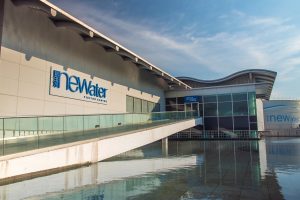 NEWater: Used water is sent to water resource recovery plants where it is treated and then sent to NEWater factories where it is further purified using a three-step process: ultrafiltration or microfiltration, followed by reverse osmosis (RO), and finally ultraviolet disinfection. The result is NEWater, which is an ultra-clean, high grade purified water that meets US Environmental Protection Agency (EPA) and World Health Organization (WHO) drinking water guidelines. This drought-resistant supply is less energy-intensive than desalinated water but requires careful public outreach and good source control.
NEWater: Used water is sent to water resource recovery plants where it is treated and then sent to NEWater factories where it is further purified using a three-step process: ultrafiltration or microfiltration, followed by reverse osmosis (RO), and finally ultraviolet disinfection. The result is NEWater, which is an ultra-clean, high grade purified water that meets US Environmental Protection Agency (EPA) and World Health Organization (WHO) drinking water guidelines. This drought-resistant supply is less energy-intensive than desalinated water but requires careful public outreach and good source control.
Desalinated water: Singapore also has three desalination plants with a total capacity of about 590,000 m3/day (156 million US gallons per day) that desalt water from the sea to provide drinking water. The ocean and sea provide a near endless supply, but it is the most energy-intensive option and there are environmental effects to consider.
Singapore uses these Four National Taps to meet its need under a variety of conditions. When there is enough rainfall, surface water sources can easily and readily meet demand. However, during extended dry spells, NEWater and desalinated water are ready to take up the burden quickly. NEWater is primarily used to meet industrial nonpotable water demand, such as at wafer fabrication plants, industrial estates, and for cooling purposes. Continuous operation keeps the facilities ready when increased production is needed quickly to top up raw drinking water reservoirs during dry weather.
Integrated, multi-agency planning
One key facet of Singapore’s planning model is the collaboration among various agencies responsible for different aspects of development. Economic agencies such as the Economic Development Board (responsible for overall economic planning), the Jurong Town Corporation (responsible for industrial development), agencies responsible for major infrastructure such as the Land Transport Authority, Civil Aviation Authority of Singapore, and PUB work together with the Urban Redevelopment Authority in medium- and long-term master planning processes to integrate their needs.
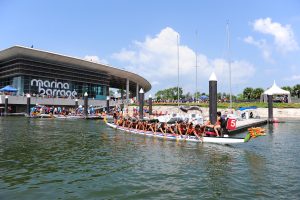
This cross-talk and forum for resolution of potential conflicts among agencies allows a common vision to be agreed upon before agencies develop their own detailed plans. This is crucial for identifying both future demands and also potential synergies between the different agencies — bridging the institutional gaps to implement One Water concepts. Two examples of One Water concepts are: the ability to plan for common utility tunnels shared among the agencies to meet new development needs, and intentional planning to co-locate water treatment with high water-demand energy infrastructure to optimize system benefits.
Words matter
There is no wastewater in Singapore. Instead, used water is sent down the sewer pipes to be treated and reused. Similarly, instead of traditional treatment of water, it is sent to Water Reclamation Plant and is reclaimed for beneficial reuse. The distinction in language is important because it again represents a mindset shift that water once used can and should be reused over and over again. The use of this terminology is also part of an ongoing public outreach effort to shift public perspective, reduce the stigma associated with reuse, and create the One Water mindset.
California: The Golden State
California is a big US state, home to almost 40 million people, with diverse ecosystems. Many cities and towns get their water from the Sierra Nevada mountain range snowmelt or sources hundreds of kilometers away. Approximately 70 percent of California’s water supply comes from Northern California and 70 percent demand exists in Southern California, which led to the creation of largescale projects to move water within and outside the state. From 2014 to 2017, California also experienced a severe drought affecting almost the entire state, highlighting the vulnerability of its water infrastructure. To address these challenges, California has enacted many new important measures — specifically those to support sustainable use of groundwater and encourage increased use of recycled water.
Groundwater is a significant resource in California, meeting approximately 40 percent of California’s total water supply in a typical year, and around 60 percent during dry years. Recognizing the importance of groundwater, the Sustainable Groundwater Management Act (SGMA) was enacted in 2014 to reduce and reverse the historical practice of over-drafting of groundwater basins.
In the realm of recycled water, California has long been a leader in reuse, implementing large-scale groundwater replenishment projects using purified water since the 1960s. California has a concerted effort to develop the science, regulations, and policy to advance potable reuse to meet the needs of the state. On the heels of the drought, Assembly Bill 574 was passed in 2017, which established a statutory deadline for the California State Water Resources Control Board Division of Drinking Water to develop a framework for regulating direct potable reuse. The driver for this legislative action was to realize the potential for potable reuse projects to provide an additional 1.1 million-acre-feet (MAF) of water supplies per year, which would create enough new local water supplies to serve more than 8 million Californians or one-fifth of the state’s population by 2020, according to a 2014 report by the Water Environmental & Reuse Foundation.
Similar reuse drivers, different constraints
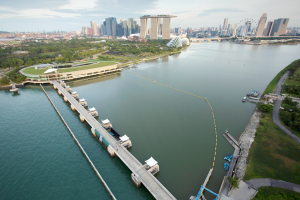
In general, the drivers for reuse in Singapore and California are similar.
Need for local supply: Singapore and California both import significant amounts of water. Singapore imports water from Malaysia, while numerous cities and towns in California rely on the State Water Project or the Colorado River for their water supply. This can cause the same kind of interregional tension and is more vulnerable to statewide impacts from regulations or seismic events. Recycled water presents a local supply that gives local water utilities more control of the quality, cost, and availability of their water supply.
Drought resiliency: Recycled water also augments an existing water supply by allowing each drop of water to be used more than once. This new source of water supply is especially important during times of drought when other conventional sources such as surface water and groundwater can be impacted in terms of quantity and quality. Singapore and California have both experienced dry weather in the last decade that impacted their traditional water supply sources and having recycled water as an additional lever to augment water supply has helped to extend the water supply runway.
Cost-effective solutions: While project costs are nuanced and depend largely on site-specific conditions, recycled water offers an option that is potentially cost-effective. When compared to other nonconventional sources — such as desalination or upgrades to existing facilities that may require extensive retrofits that are particularly expensive in built-up urban areas — Singapore and California water agencies have found cost-effective solutions through local and regional projects that embody One Water approaches.
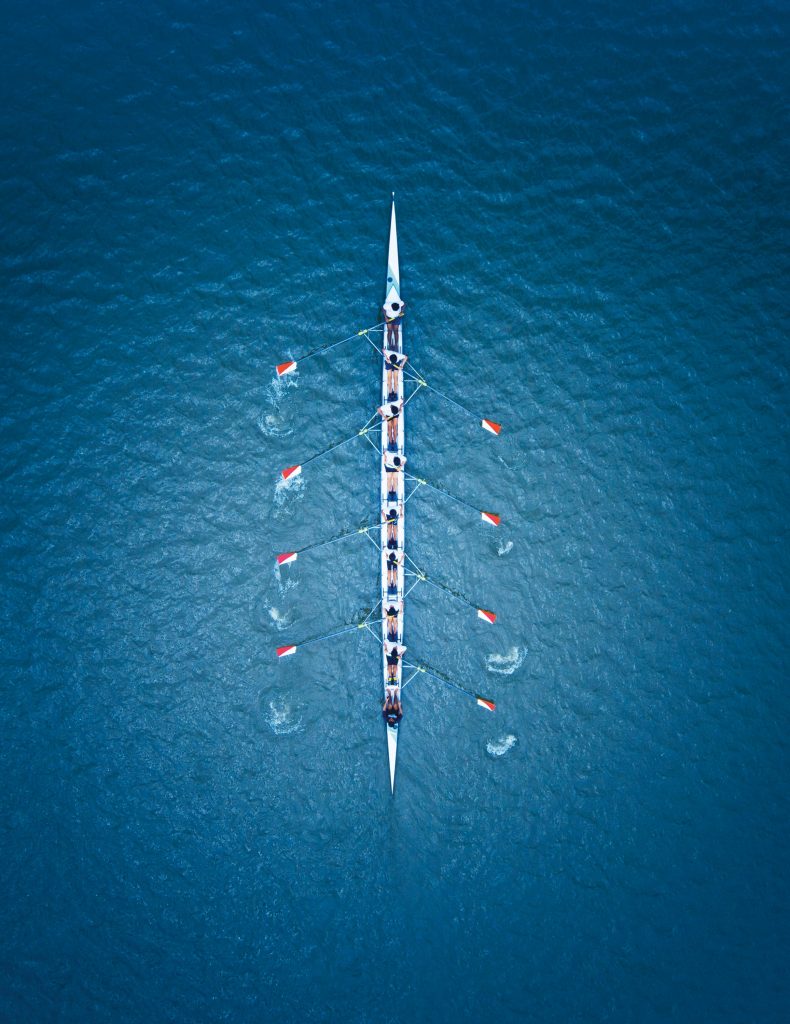
A few key differences, however, also highlight opportunities and constraints based on local conditions. As an island nation, Singapore has easy access to the sea for RO-concentrate disposal. Meanwhile, this is only true for the coastal areas in California. RO-concentrate management for inland areas present more of a challenge to reuse. Singapore also has one of highest population densities in the world, ranking third after Macau and Monaco. This is a benefit for reuse, since more users can be reached per length of pipeline, which brings down the unit-cost of water infrastructure. California, on the other hand, is a large state with differing population densities depending on the area in the state. Cities, such as San Francisco, have higher population densities which can provide for economies of scale. California farming communities, though spread-out, typically need larger amounts of water, which also positively impact the unit cost of water. California’s vast and diverse geography also offers more opportunities to store water in large groundwater aquifers and reservoirs, which provides equalization for the extreme variations in precipitation throughout the state.
Parting thoughts
California and Singapore both have access to imported water resources that are clean and have historically been available when needed. However, importing water has inherent vulnerabilities that make it risky to rely on as the only significant supply. Diversifying their water portfolios based on the One Water approach and including recycled water as part of the portfolio offers an opportunity to diversify by tapping on a resource that already flows through the pipes.

Melanie Tan is the Northern California reuse practice leader at Kennedy Jenks and is based in San Francisco, California. She is originally from Singapore and previously held various roles at the Singapore national water agency PUB, including plant manager at Singapore’s Bedok NEWater Factory.
Melanie’s article was also featured in the January/February edition of the Water World magazine. Special thank you to Singapore’s national water agency, PUB, for the images used in this article.
© Kennedy/Jenks Consultants, Inc. 2020. All rights reserved. This information may not be copied, reproduced, or distributed without written permission.

